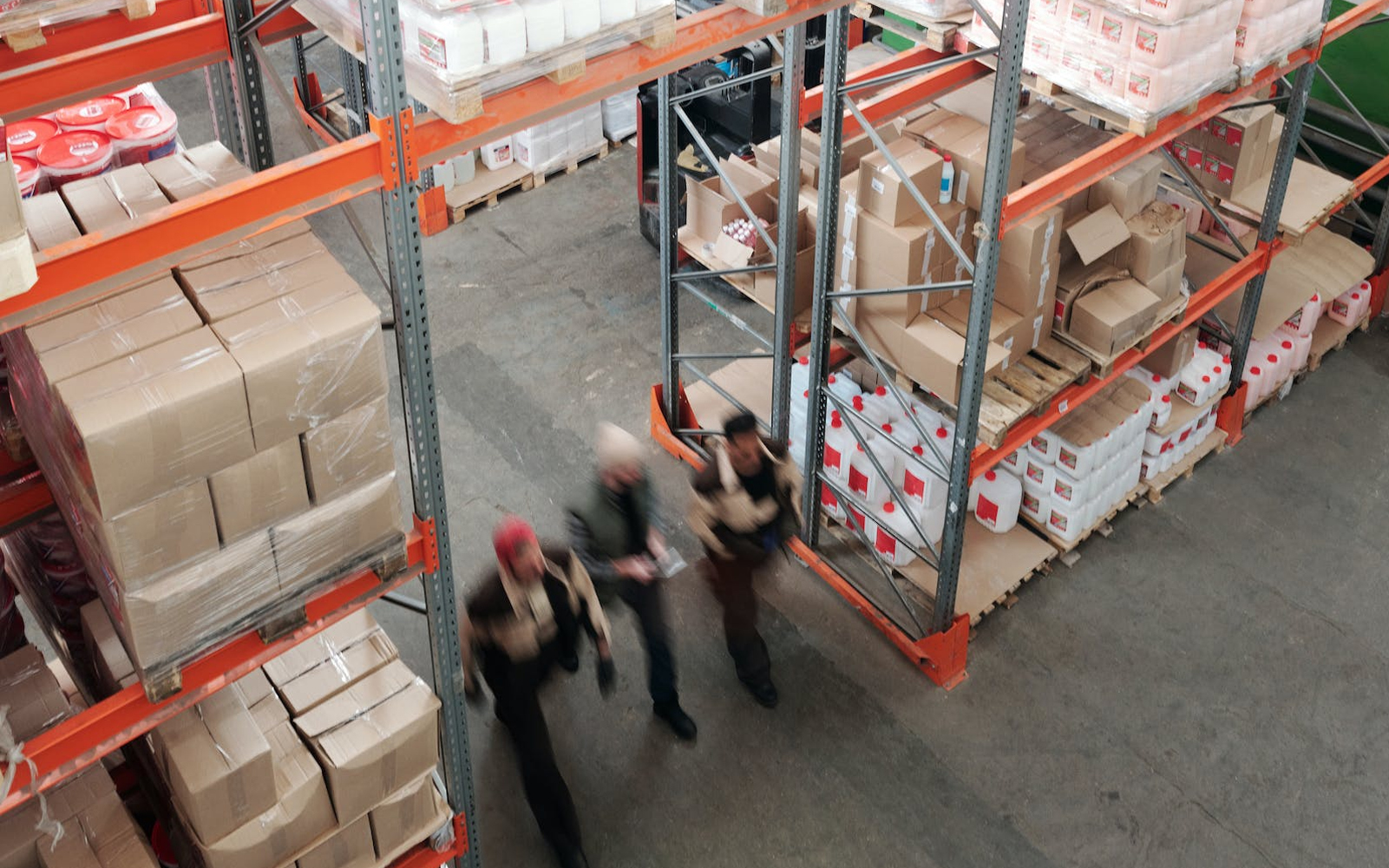
What is the inspection of goods rights, and how should we avoid such risks?
In recent years, the industry has gone from disorder to order, and some ignored rules have been re-enforced, which has brought a lot of trouble to sellers, including the inspection of goods rights. Since the beginning of 2023, there have been sellers who have been detained, returned, and even destroyed by U.S. customs due to the issue of goods rights. So, what exactly is the inspection of goods rights, and how should we avoid such risks?
What is the inspection of goods rights?
The inspection of cargo rights refers to the United States Tariff law, only the true owner can import goods into the United States, and no one else has the right to import. Therefore, the best way to clear customs is a single ticket to ensure that the goods are clear and safe. However, in fact, the single ticket clearance process is time-consuming and costly, so in the previously not strict inspection background, profit-driven cargo clearance has gradually become the mainstream: the seller entrusts the goods to the logistics company or agents, agents unified purchase bond, according to the whole ticket clearance. In this way, the cost and procedure time of the seller’s customs clearance have been doubly liberated, but the seeds of non-compliance have also been buried. With the increasing attention of customs to the inspection of cargo rights, non-compliant operations have become nowhere to hide. During the inspection process, the customs will ask the importer/forwarder to provide information to prove that the goods belong to the bond and the importer/forwarder. If it cannot be proved, not only will the inspection time be very long, but the cabinet will also face the risk of returning the goods, impound the goods and destroy them, and pay the sky-high inspection fee/storage fee.
Second, the double clearance tax under the inspection of goods rights
Under the cargo collection mode, the double clearance tax is extremely popular. Freight forwarders concentrate all goods together to send air, express, railway or sea, and then declare according to a bill of lading, providing package export, package foreign import, package tax and other one-stop services. So, after strict inspection of goods rights in the cargo collection mode, can the double clearance tax still be done? Strictly speaking, whether the double clearance tax service is compliant depends on whether it is legal to declare customs and pay taxes legally. There is a first layer of risk in this itself: in the double clearance tax service, some freight forwarders offer lower and lower prices in order to obtain a price advantage, even lower than the normal transport price. The high probability of its profits comes from a variety of operations such as concealing, underreporting, and defrauding the state of export tax rebates, and once it is investigated, the consequences are serious. The risk is so, but many sellers are still willing to take risks, because the demand for double clearance tax does exist, such as saving costs, simplifying procedures, solving the problem of how to declare customs clearance, quickly seizing the market, etc., which also prompted freight forwarders to “roll” into double clearance tax services. As the inspection of goods rights becomes stricter, the second level of risk of double clearance tax also appears. In the past, the customs ignored the double clearance tax under the cargo collection mode itself has the characteristics of unclear goods rights, but now the risk of double clearance tax has been placed in the clear.
Third, how do sellers avoid risks?
The inspection of goods rights is not only a test for freight forwarders, but also a test for sellers. It forces the cross-border community to move beyond the logic of the past and adapt to the new order. At present, the best way to avoid the risk of inspection of goods rights is to clarify goods rights and clear a single bill. Sellers need to comply with their own bond clearance, paying the annual Bond fee of about 500-600 US dollars and the customs clearance fee of 120-150 US dollars for a single ticket. When the new order is set, sellers will inevitably feel sorry for this innocent extra cost, hesitate, or hold a lucky mentality that the goods inspection can not find their own head. However, the inspection of goods rights is not a whim of the customs, and the future is bound to be a normal trend. Once checked, the price paid may be difficult to compare the cost at the moment. Therefore, sellers should pay attention to the inspection of goods rights as soon as possible to make compliance choices.



